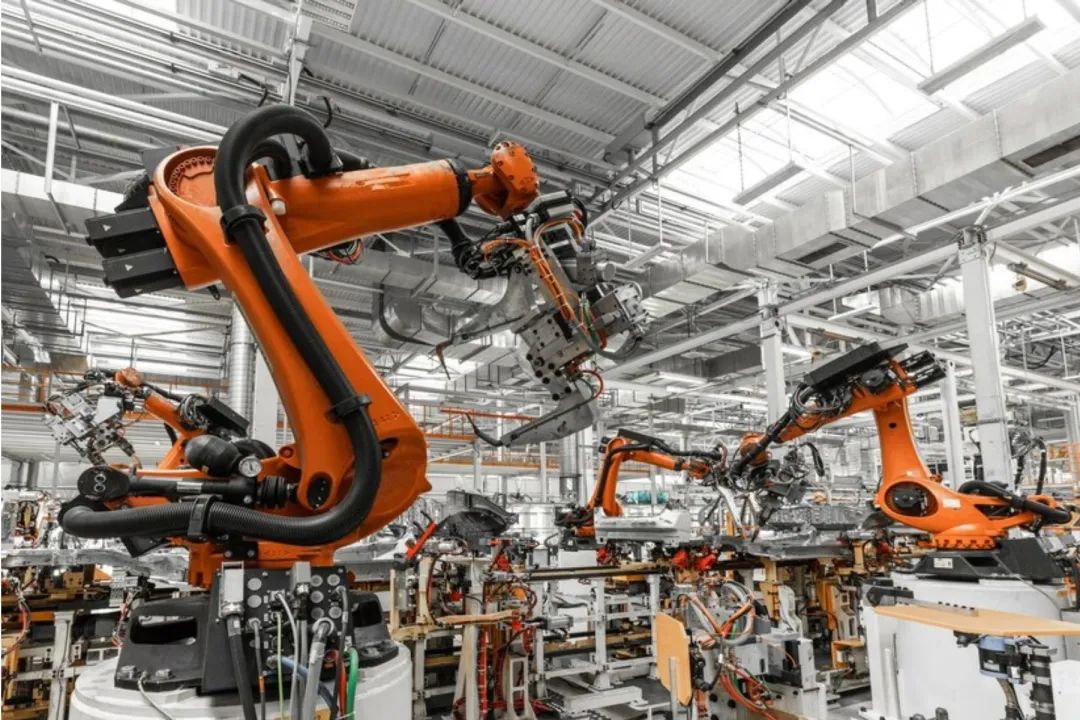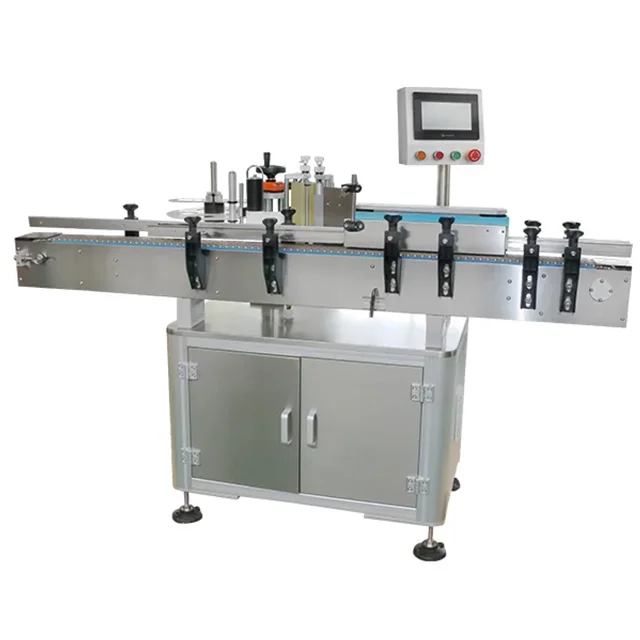In the context of the current global manufacturing industry accelerating transformation and upgrading, small and medium-sized manufacturing companies are facing unprecedented pressure and challenges. On the one hand, the market demand for personalized and diversified products is increasing; on the other hand, the rising costs of raw materials and labor, and the shortened order cycle have put forward higher requirements for production efficiency and responsiveness. Faced with these challenges, traditional rigid automation systems can no longer meet the flexible, fast, and intelligent production needs. Therefore, flexible automation system came into being and became the key technical path for the transformation and upgrading of small and medium-sized manufacturing enterprises.
1. What is Flexible Automation System?
Flexible automation system is an automated production system with fast line change and adaptability to multi-variety small batch production. Compared with traditional rigid automation systems, it can achieve flexible collaboration and task reconstruction between equipment through programmable logic controllers (PLCs), industrial robots, sensors, industrial Internet of Things (IIoT) and advanced control software, greatly improving the flexibility and responsiveness of production lines.
2. How does flexible automation system help small and medium-sized manufacturing enterprises transform?
Quickly respond to market changes and achieve personalized customization
Small and medium-sized enterprises usually face short-term, changeable, and customized demands from the market, while traditional production models generally have long adjustment cycles and low efficiency when switching products. The flexible automation system can quickly complete process switching through modular design and programming control, enabling enterprises to cope with frequent product replacement needs, truly achieve "production based on sales", and improve customer satisfaction.

Reduce labor dependence and production costs
With the continuous increase in labor costs and the increasing shortage of skilled technicians, relying on manual repetitive and standardized operations no longer has cost advantages. The flexible automation system can automate these operations, which can not only reduce labor costs, but also improve production consistency and yield, and reduce losses caused by human errors.
Improve production line utilization and equipment efficiency
Traditional production lines are often designed for a single product, and the capacity utilization rate is not high. Flexible automation configures automatic changeover equipment, multi-task robots and intelligent scheduling systems to enable multiple products to be flexibly switched on the same production line, greatly improving the versatility and utilization rate of production lines, thereby helping small and medium-sized enterprises to better maximize resource utilization.
Supporting the upgrade of intelligent manufacturing and data-driven decision-making
Flexible automation system is usually seamlessly integrated with MES (manufacturing execution system), SCADA system and industrial Internet of Things platform, which can collect data from all links of the production line in real time and realize visual management of equipment status, production progress, energy consumption and other information. These data not only improve production transparency, but also provide data support for enterprises to make decisions on process optimization, quality control, inventory management, etc.
Reduce line change time and switching cost
The modular design of the flexible automation system allows the completion of the model change operation under the premise of minimizing hardware adjustment. With the help of automatic scheduling and parameter calling at the software layer, the product switching cycle is greatly shortened and the flexibility of the production line is improved, which is particularly suitable for diversified and small batch orders.
3. Key strategies for small and medium-sized enterprises to introduce flexible automation system
Start small and advance step by step
For small and medium-sized enterprises with relatively limited funds, the deployment of flexible automation system does not have to be done overnight. Enterprises can start with key bottleneck processes, such as assembly, packaging, testing, etc., achieve initial optimization through local flexible automation, and gradually expand to full-line automation after accumulating experience and ROI.
Choose a flexible solution that suits your business model
Different companies have different process flows and product types, and should choose a matching flexible automation system based on actual needs. For example, electronic assembly companies can focus on deploying multi-axis robots and visual systems, while mechanical processing companies are more suitable for modular solutions such as flexible processing units (FMS).
Strengthen employee training and transformation awareness
The successful operation of the new system is inseparable from human cooperation. Companies should train operators and maintenance engineers simultaneously before technology deployment to improve their understanding and operational capabilities of flexible automation and avoid operational bottlenecks of the new system due to skill differences.
Cooperate with professional system integrators
When small and medium-sized enterprises have limited technical accumulation, they can seek cooperation with experienced flexible automation system integrators, who can provide customized system design, software and hardware selection, project implementation and post-service to reduce the cost of trial and error for enterprises.
4. Typical industry application cases
Electronics industry: After a medium-sized 3C electronics manufacturer introduced a flexible automatic assembly system, it realized the assembly requirements of more than 6 product models on the same production line, increased production capacity by 30%, and shortened line change time by 70%.
Food industry: After a local food processing plant deployed a flexible packaging system, it can achieve fast switching and automatic labeling of packaging bags of different specifications, which not only improves the delivery speed, but also reduces the rate of manual participation.
Hardware manufacturing: Traditional stamping parts processing plants use modular robot loading and unloading + visual inspection systems to achieve universal management of various mold processes, and the overall production line OEE is increased by more than 20%.
Today, with the wave of digitalization and intelligence sweeping across the country, flexible automation system is no longer an exclusive weapon for large enterprises. For small and medium-sized manufacturing companies, it is not only a tool to enhance competitiveness but also a breakthrough to achieve high-quality transformation and development. Through reasonable planning, step-by-step implementation and continuous optimization, small and medium-sized enterprises can fully rely on the power of flexible automation to achieve cost reduction, efficiency improvement, and steady upgrading in a complex and changing market environment. In the future, with the continuous maturity of technology and the further reduction of costs, flexible automation system will accelerate its popularization, bringing unprecedented development opportunities to more small and medium-sized manufacturing companies.
www.dapkon.ai
Shanghai Dapkon Technology Co., Ltd.






+ There are no comments
Add yours